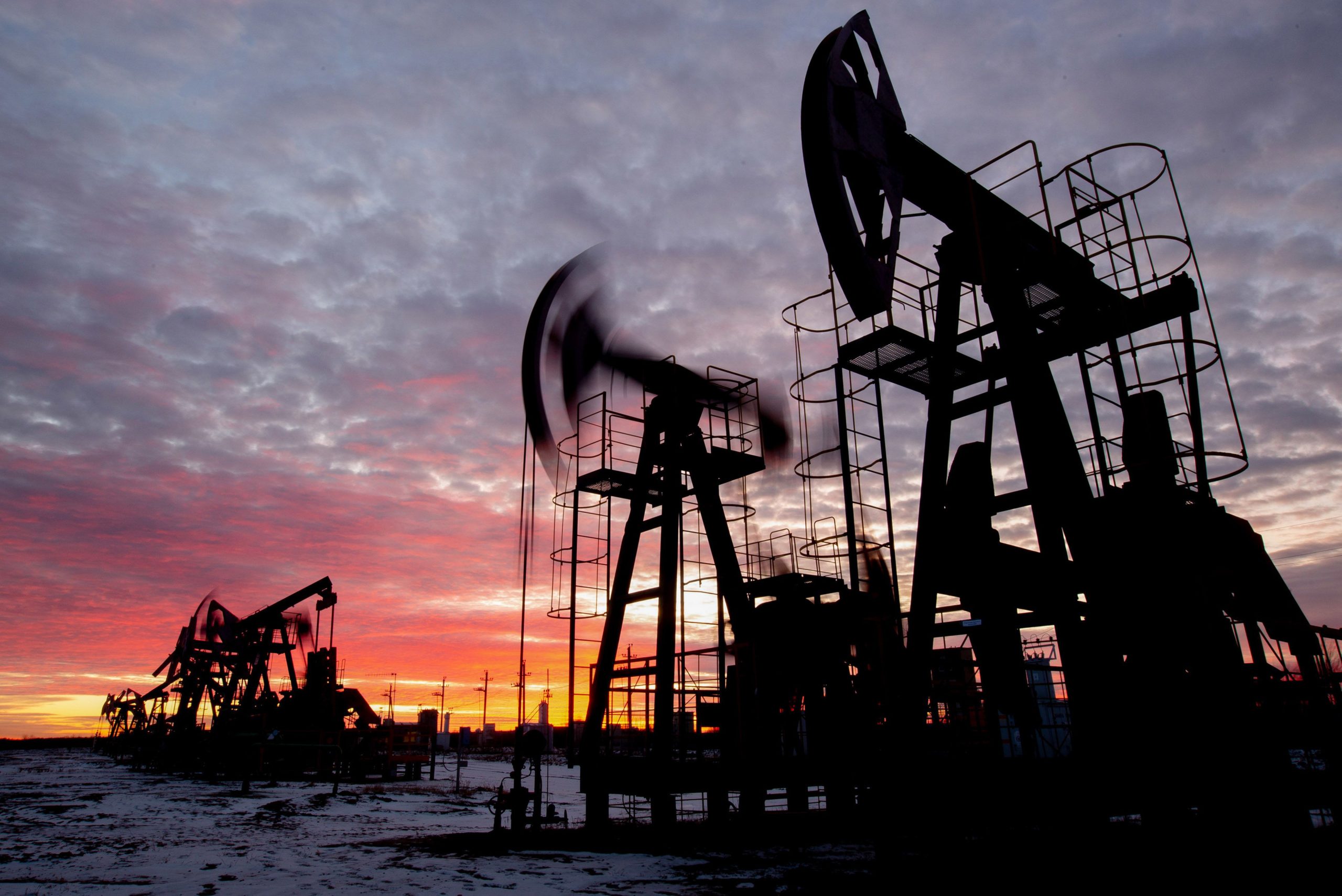Commodities
U.S. supports keeping price limit on russian oil at $60

The U.S. and some of its allies want to keep the price limit on Russian oil at $60 a barrel during a planned review of the price limit, with Estonia, Lithuania and Poland in favor of reducing it to $40-50 dollars, Bloomberg reported.
European Union extends sanctions against Russia until July 31
The United States and its allies plan to wait until early spring to consider modifying the terms of current restrictions on the crude oil price ceiling from Russia. For now, the current limits will remain at $60 a barrel. At the same time, Poland, Lithuania and Estonia argue that these restrictions should be tightened. They argue that the cost per barrel of Russian oil should not exceed $40.
The three countries in a statement available to the agency, said that while the oil price cap “works,” the mechanism should be used further. It also raised the issue of a ban on Russian energy imports.
From December 5, 2022 the oil sanctions of the Western countries came into effect: the European Union stopped accepting Russian oil transported by sea, and the G7 countries, Australia and the EU imposed a price cap on it at $60 per barrel for sea transportation – more expensive oil is prohibited to transport and insure. Russia, in response, banned from February 1 this year to supply oil to foreigners, if the contracts directly or indirectly provided for the use of the mechanism of fixing the marginal price.
Earlier, we reported that Brent oil prices exceeded $89 per barrel for the first time since December 2022.
Commodities
Oil prices rise; U.S. crude inventories plunge, Russia-Ukraine truce eyed
Commodities
India’s Reliance to stop buying Venezuelan oil over US tariffs, sources say
Commodities
Oil prices climb on Venezuela supply worries

 Forex3 years ago
Forex3 years agoForex Today: the dollar is gaining strength amid gloomy sentiment at the start of the Fed’s week

 Forex3 years ago
Forex3 years agoUnbiased review of Pocket Option broker

 Forex3 years ago
Forex3 years agoDollar to pound sterling exchange rate today: Pound plummeted to its lowest since 1985

 Forex3 years ago
Forex3 years agoHow is the Australian dollar doing today?

 Cryptocurrency3 years ago
Cryptocurrency3 years agoWhat happened in the crypto market – current events today

 World3 years ago
World3 years agoWhy are modern video games an art form?

 Commodities3 years ago
Commodities3 years agoCopper continues to fall in price on expectations of lower demand in China

 Economy3 years ago
Economy3 years agoCrude oil tankers double in price due to EU anti-Russian sanctions





























